Food Dehydration 101: Tips for Homesteaders
When you have a homestead, becoming as self-sufficient as possible can mean producing your own food. Gardening and raising livestock can provide enough options to reduce any dependence on commercial food products sold at local grocery stores.
If you’re anything like us, you may yield more food than you can consume while it’s fresh. Dehydrating food can be a viable option for enjoying the fruits of your labor (no pun intended) weeks and even months after you harvested it.
Previously, we discussed how homesteaders can use freeze drying to preserve some types of food for up to 25 years. However, it’s not ideal for every type of food you may produce on your homestead. Dehydrating foods is another viable option for maximizing your food stores without taking up too much space.
In this blog we’ll discuss:
- What is food dehydration?
- How do you dehydrate food?
- What are the best foods to dehydrate?
- What are the benefits of dehydrating food?
- How long does dehydrated food last?
- Is dehydrated food healthy?
What is food dehydration?
Food dehydration is hardly a new concept. It’s been around since prehistoric times when people sun-dried their seeds.
You can find examples of food dehydration in different cultures throughout history. Native Americans preserved their meat by drying slices of it on rocks. The Chinese people dried eggs and the Japanese were known for drying their fish and rice.
Dehydrating foods works by extracting moisture from them. The food preservation method is effective at prohibiting the growth of microorganisms that can make us sick. It’s one of the most popular food preservation methods.
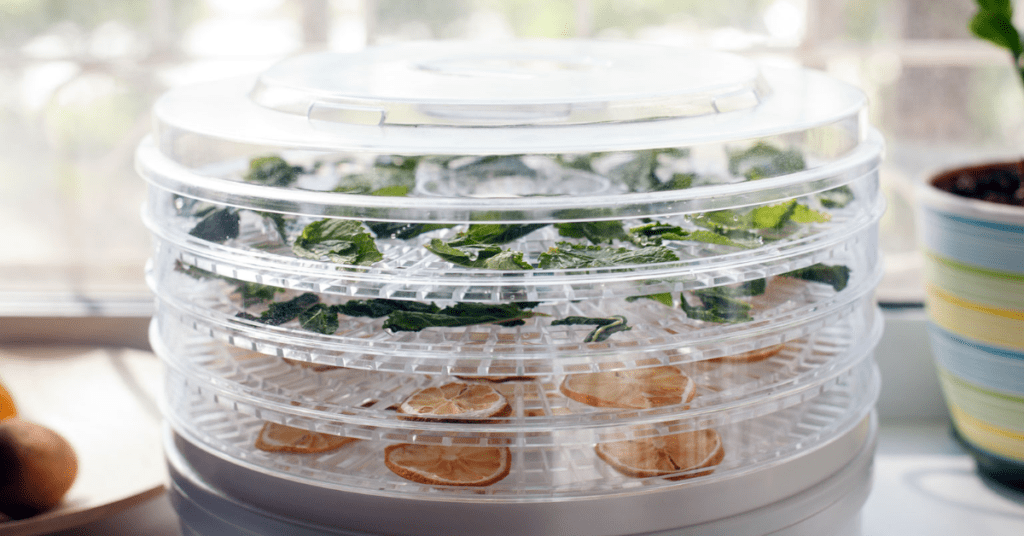
How do you dehydrate food?
In these modern times, we no longer dehydrate our food by laying it out on a hot rock (although we certainly could do that here in the heat of New Mexico’s summers). There are plenty of gadgets designed to make the process quicker and easier. However, you don’t have to use them to get good results.
Let’s explore some of the most popular ways homesteaders can dehydrate some of the foods they produce for enjoyment later.
Air drying
All you need for this method of food dehydration is an indoor or outdoor space with plenty of airflow, low humidity, and no direct sunlight. Some homesteaders choose to use well-ventilated attics or screened-in porches.
Air drying doesn’t work for all foods. You’ll get the best results if you use it to dehydrate herbs, mushrooms, and hot peppers.
Electric food dehydrators
Electric drying is one of the most popular methods for food dehydration because it relies on modern technology. Depending on the kind of food you want to dehydrate, you can use either a horizontal or vertical food dehydrator.
- Horizontal dehydrators force warm air to flow forward, which improves heat distribution. They also are more energy efficient than their vertical counterparts because they take less time to effectively remove the moisture from food. The downside is they can be more expensive to buy.
- Vertical dehydrators contain a heat source at either the bottom or top of the unit, which means it may not distribute heat evenly. The benefits of using this model are that they take up less space and they cost less.
Each of these food dehydrators comes with instructions for use. It’s so simple that anyone can do it, which is why it’s remained a popular option for food preservation.
Oven food dehydrating
You can use any standard oven to dehydrate some foods. Just set it to 140 degrees (this may be called the “warm” setting on some ovens) and leave the door slightly open so moisture can escape. Place a fan outside the oven that’s pointed toward the gap you’ve left in the door.
Convection ovens are perfect for food dehydration because they have fans that help distribute the heat. If you have one, you can skip placing a fan outside the oven door.
The only downside to dehydrating food this way is that it wastes energy. You might find yourself with a large electric bill if you dehydrate food regularly using this method.
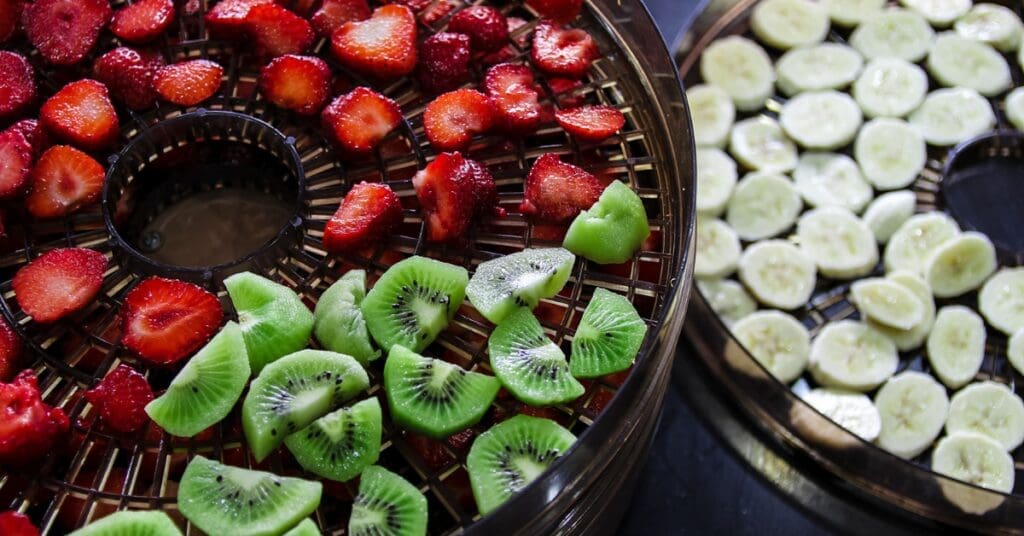
What are the best foods to dehydrate?
Any food that contains water can be dehydrated. That doesn’t mean homesteaders should dehydrate everything they produce. Some foods do better with this food preservation method, while others may be better suited to freeze drying.
Before you choose to dehydrate foods, ask yourself how soon you plan to eat them. If the answer is within a few weeks or months, dehydrating your food is a good choice. For food stores that can be accessible years into the future, freeze-drying is a better approach.
Just because you can dehydrate some foods doesn’t mean you should. It’s best to avoid trying to dehydrate dairy and fatty meats. Avocados also don’t preserve well using this method.
Once you’ve committed to dehydrating foods, you can start with some of these options.
Fruits and vegetables
Fruits and vegetables are among the most popular foods to dehydrate. We recommend cutting them into small pieces before using your preferred food dehydration method. The only exception among fruit is berries. The same is true for vegetables like corn and peas.
A word of caution about leafy greens: they shrink up significantly when dehydrated. If you want to turn them into vegetable “chips,” chop them up into a consistent size and coat them in the seasoning mix of your choice before dehydrating.
Meats
Beef, chicken, and fish make the best meats for food dehydrating. If the meat is raw, it must reach an initial internal temperature of at least 160 degrees Fahrenheit. Then, you can reduce the heat to between 130 to 140 degrees for the remainder of the dehydration process.
You must store dehydrated meat in an airtight container. Glass jars and other lidded airtight containers work nicely. If you don’t keep out the moisture, bacteria can grow on the dehydrated meat, making it unsafe to consume later.
Nuts, seeds, and grains
Nuts and seeds last a long time without dehydrating them. However, if you soak them and then dehydrate them, it makes them easier to digest. The same is true of certain kinds of grains like pasta. You must cook it first, but it lasts for years if you dehydrate it after preparation.
What are the benefits of dehydrating food?
Dehydrating food can be a worthwhile endeavor for homesteaders who want to reap the benefits of this preservation method. Some of the compelling reasons you should consider food dehydration include:
- It cuts down on food waste. At some point in our lives, we’ve all had more fresh produce than we could use. Sometimes it ends up in the compost. Other times, the trash. Dehydrating some of your fresh produce prolongs its shelf life so you can enjoy the health benefits later.
- It provides non-perishable food stores. It’s wise to have sizeable food stores that include non-perishable items for emergency purposes. Dehydrated foods can last for 2 to 5 years when stored properly.
- It reduces food storage space. You’d be surprised how much water some foods contain. Dehydrating them eliminates that excess bloat, making it easier to store certain foods without taking up too much space.
- It saves money. Growing your own crops and raising your own livestock undoubtedly saves homesteaders money. Don’t toss those savings in the trash by letting the food you produce go back before you can eat it. Dehydration is one way to preserve it for enjoyment later.
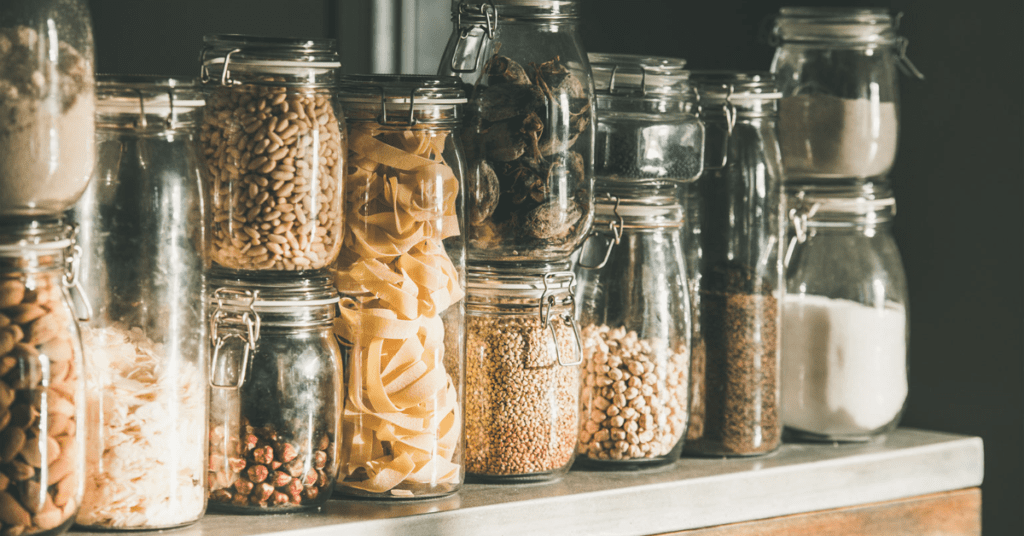
How long does dehydrated food last?
Dehydrated foods can last between four months to a year, depending on where and how you store them after dehydration. To get the most out of your dehydrated food, follow these storage suggestions.
- Avoid the sunlight. Sunlight accelerates the natural breakdown process of some foods. Keeping your dehydrated foods in a cool, dark place (like the basement) can protect them.
- Keep the air out. Using an airtight container prevents air from seeping in, which can allow bacteria to grow on your dehydrated food. Canning jars prevent the best seal, so we recommend using them. If you prefer bags, use a vacuum sealer to ensure all air is removed from the bag before storage.
- Prevent exposure to excessive moisture. When dehydrated food becomes moist it goes bad fast. Fewer things are more frustrating than opening a bag of dehydrated fruit, only to discover it’s rancid.
Is dehydrated food healthy?
When you follow proper protocol for dehydrating foods, they are healthy and safe to consume. If you’re not careful, some food-borne bacteria like bacillus, clostridium, and salmonella can grow on improperly stored dehydrated food.
Dehydrated foods keep most of their nutritional value. The only exception is the drying process can destroy vitamins A and C. However, they can be a healthier alternative to processed snacks you find in a grocery store.
Sources
Dehydrated Foods: Are They Microbiologically Safe? researchgate.net. Accessed September 23, 2022.
Food Dehydration. sciencedirect.com. Accessed September 23, 2022.
How Long Does Dehydrated Food Last? 4 Storage Tips. masterclass.com. Accessed September 23, 2022.
In our kitchen, we only use cultures from Cultures for Health.
Get yours here and start culturing today.
Popular Articles
Newsletter
Get signed up to get latest updates and new information from the Jersey Milk Cow!
This site uses Akismet to reduce spam. Learn how your comment data is processed.

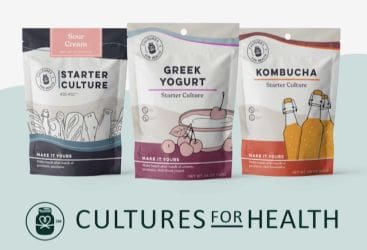

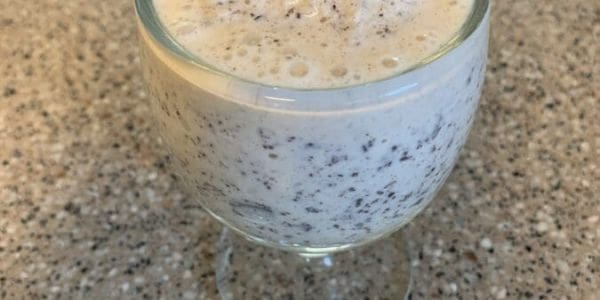




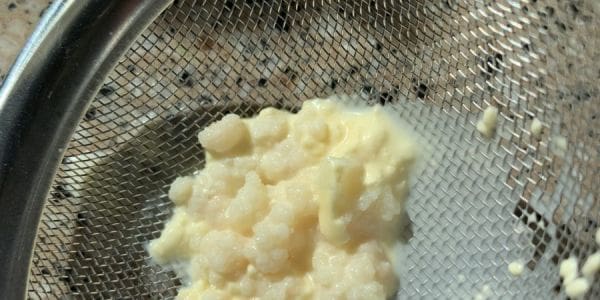



Leave a Reply